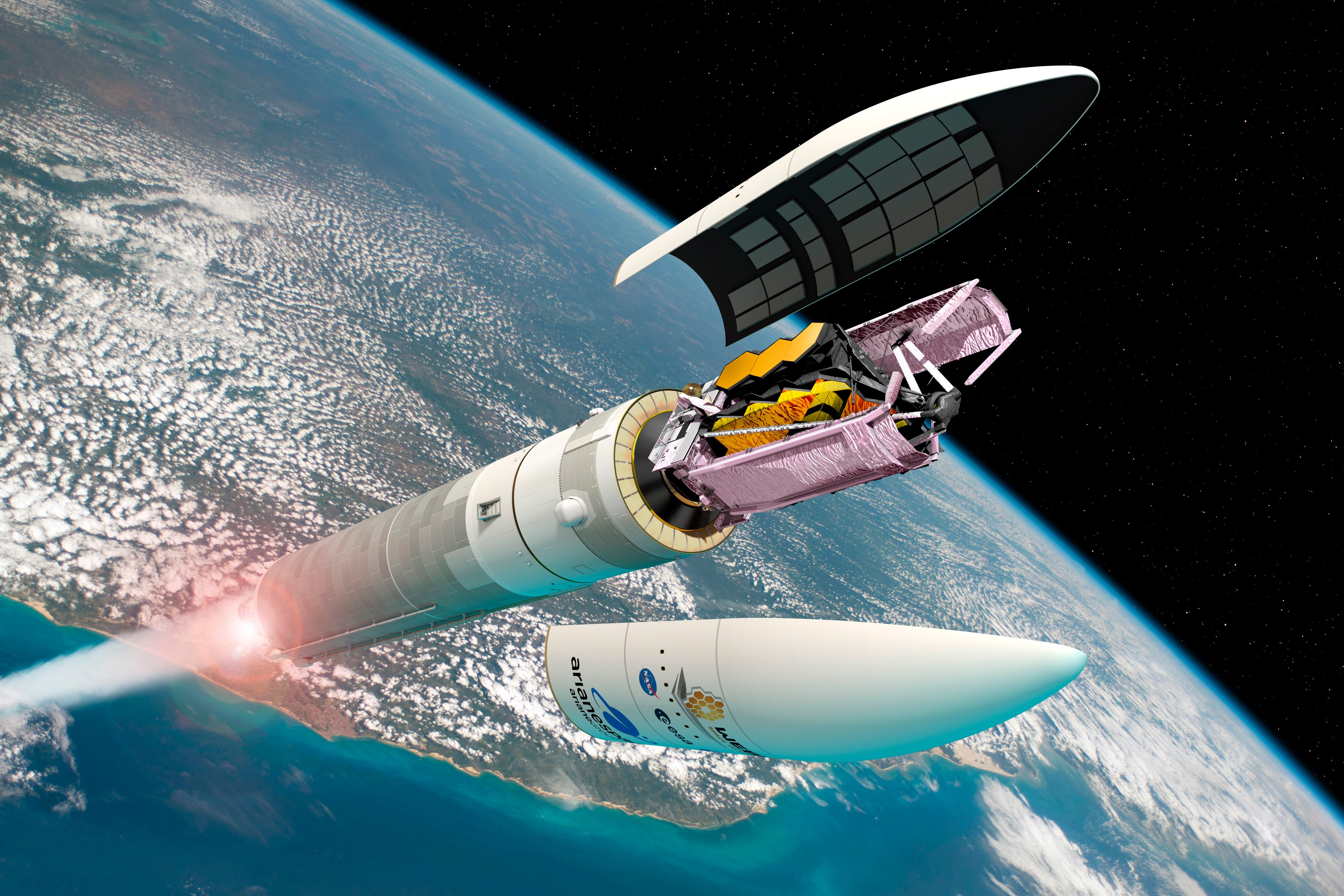What happens after the James Webb Telescope is launched into orbit?

Key Highlights
- The James Webb Telescope is now fully operational, with all mirrors in place and a sun shield protecting it from the sun, the moon, and Earth's heat.
- The James Webb Telescope is travelling nearly 15,00,000 kilometres from Earth to the second Lagrange point (L2).
- The telescope's unfolding took over 15 days, with the team removing the sunshields, secondary mirrors, and finally the two folded primary mirror segments.
- Lockwood supplementedAdditionally, Webb will undergo a third mid-course correction burn, the third of three planned to precisely position the telescope in orbit around the second Lagrange point.
- Webb is designed to peer back 13.5 billion years in order to capture infrared light from celestial objects at a much higher resolution than previously possible, as well as to study our own solar system and distant worlds.
Advertisement

The James Webb Telescope is now fully operational, with all mirrors in place and a sun shield protecting it from the sun, the moon, and Earth's heat. After successfully completing more than 50 major deployments, the telescope has entered its commissioning phase as it cruises toward its intended orbit.
The James Webb Telescope is travelling nearly 15,00,000 kilometres from Earth to the second Lagrange point (L2). The telescope's unfolding took over 15 days, with the team removing the sunshields, secondary mirrors, and finally the two folded primary mirror segments.
Prior to launch, the two wings of Webb's primary mirror were folded to fit inside the nose cone of an Arianespace Ariane 5 rocket.
"Words cannot express the pride and excitement that the Webb team is experiencing at the moment. From engineers to scientists to information technology staff to graphic designers to administrative staff (and more! ), we are all ecstatic about the observatory's incredible achievements thus far, "Alexandra Lockwood, project scientist for Webb Science Communications, said."
Advertisement
What occurs next?
Engineers and scientists will collaborate over the next two weeks to dislodge each of the 18 primary mirror segments and the secondary mirror from their launch positions. The detailed optical mirror alignment process takes approximately three months. Simultaneously, as temperatures cool sufficiently, instrument teams will power on their instruments and begin the commissioning process for each instrument.

The five months of commissioning will include further cooling of the observatory and, in particular, the Mid-Infrared Instrument; checking and then aligning the secondary and 18 mirror segments into a single coherent optical system, first with the NIRCam instrument and then with all instruments individually and in parallel; and calibrating each of the four instruments and their numerous scientific modes.
The novelty and variety of science that this observatory is capable of producing necessitates the verification of thousands of details in advance. However, rest assured that this summer will be hot (nay, cold?) with the hot (nay, cold?) observations we will soon share. " Lockwood supplemented
Additionally, Webb will undergo a third mid-course correction burn, the third of three planned to precisely position the telescope in orbit around the second Lagrange point. This is Webb's final orbital position, where its sunshield will shield it from infrared light emitted by the Sun, Earth, and Moon.
Webb is designed to peer back 13.5 billion years in order to capture infrared light from celestial objects at a much higher resolution than previously possible, as well as to study our own solar system and distant worlds.
Advertisement